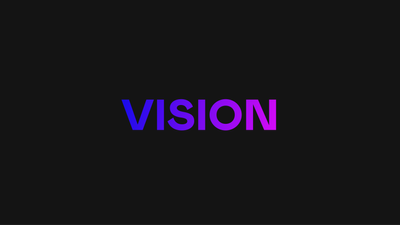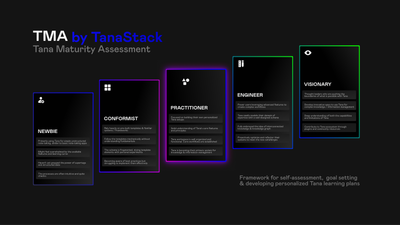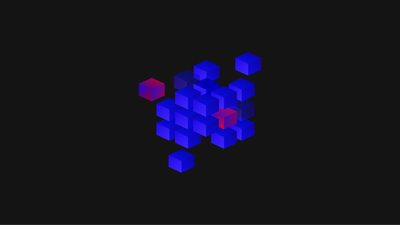10 strategies to to boost your Tana PKM

Tana is the most powerful knowledge management tool available today.
Add human-grade AI to the mix, and you have your own knowledge powerhouse.
What Tana can do is mindblowing!
Yet to harness this power, you need to act smart.
I'll help you with that.
Use these 10 strategies & principles to boost your Tana PKM game
1. Adopt new mindset & mental models
Tana is NOT a note-taking app. It's a sophisticated platform based on the computational paradigm of knowledge.
As Alexander Obenauer put it:
Tana is proposing a new fundamental model for computing, a new mental model.
If you try to apply old-school primitives there (zettels, notes, folders, whatever) you are probably gonna end up disappointed.
Instead, learn the basics of computer science. Most fundamentally → OOP (Object-Oriented Paradigm)
Tana is built on OOP.
It gives granularity to your information/knowledge. Allowing your system to handle complex relationships.
If you adopt this paradigm → you're gonna thrive!
2. Get comfortable with Tana’s basics
Tana can be quite complex.
So embrace the learning experience!
The essential must-haves include:
- How to set fields
- How references work
- How extension of supertags works
- How query logic works
If you do not understand these, you’ll be confused and slow.
Also, you should probably learn keyboard shortcuts.
They can help you to feel more native and enjoy Tana more.
3. Embrace structures
Structure is a foundational component.
As a Tana consultant, I worked with people from very diverse domains: academic researchers, lawyers, doctors, VCs.
For each person, we built a UNIQUE set of structures that fit the domain & preferred way of dealing with it.
For legal professionals that might be: case, claim, evidence, witness, court order, etc.
For historians: event, theme, era, period, historical figure, dynamics, trend, treaty, etc.
In Tana, structures work as enabling constraints.
We often see constraints as limitations or restrictions. It's not true for enabling constraints.
On the contrary, enabling constraints facilitates our actions within a system, enabling efficient behaviors & thinking patterns to emerge.
I can not stress enough: structures bring clarity
Tana requires an architect/builder mindset: build structures & connect them.
Learn more about structures:

4. Build your personal ontology
An ontology allows you to connect all of the components/structures into coherent and robust systems.
Ontology acts as a scaffolding for your expertise.
It can also help you to reduce the entropy when you start working on something new.
Ontology defines how structures interact & allow you to build proper interfaces between them.
You can find a useful example of ontology in this case-study:

It's a part of it!
Start simple:
- Audit the domain you are working in
- Break the whole thing into small components
- Create a basic ontology
- Build relevant structures into Tana
- Update it as you progress
5. Be careful with templates
The beauty of Tana lies in customization
Again: Tana gives you the ability to create systems & structures that reflect YOUR WAY of dealing with the specific topic & YOUR WAY of thinking.
And to not rely on the pre-defined stuff and pre-made primitives!
Templates are ONE SIZE FITS ALL.
Yet they still can be quite useful for inspiration & learning.
This is how you can benefit from them:
- Install the template into the separate workspace
- Allow content from it only when you need it
- Explore Template functions/structures
- Unbundle the template & move only the stuff you use into the main workspace
- Delete the rest (or leave it in a disconnected workspace)
6. Optimize your time between 2 modes
Knowledge worker MODE: doing your main work in Tana
Builder MODE: building structures & maintaining Tana workspace
Too much time on building → you are not gonna progress in your work.
Too little time on building → you are not gonna benefit from Tana.
Measure ROI from your builds. Invest time only when ROI is high!
7. Optimize for sensemaking, not database size
Tana has this very neat database component!
Your first impulse might be to take all the information from the internet and put it into Tana structures.
I saw that a many times.
It can be fun, but it's not very productive.
FOCUS ON: ideas, concepts, models, theories, claims, insights, and leanings.
NOT ON: facts, raw data, events and common knowledge. BUT use this stuff as context & scaffolding for your knowledge.
Note vice versa!
Promote:
- fluid exploration
- non-trivial combinations
- unanticipated insights
8. Do not try to build the perfect system → let it emerge
The inverse proposition also appears to be true: A complex system designed from scratch never works and cannot be made to work.
You have to start over, beginning with a working simple system.
First, build a simple, crude & USEFUL system.
Start operating it & let complexity emerge from the interaction of ideas [rather than imposing it upfront].
9. Explore AI for builders
Tana GPT integration is the most compelling & native way to integrate AI into your PKM system.
It allows you to:
- Run GPT using the information from Tana as input
- Design custom prompts that utilize Tana functionality
- Get structured output from the model
Use it to:
- Enrich
- Connect
- Brainstorm
- Discover
- Challenge
- Verify
It's safe to say: Tana today is the most powerful AI environment for knowledge management & augmented thinking.
AI → Your structured knowledge = Accelerated expertise🚀
10. ENJOY
We take many things for granted.
But maaan! it was hard to think a few years ago that such a sophisticated tech would be open to everyone.
Tana can be a bit intimidating at the beginning, but when you figure it out, it’s just FLOWS.
It’s elegant, it’s intelligent, it’s beautiful.
I spend in Tana most of my work days & I enjoy every minute of it.





